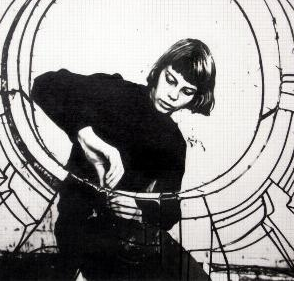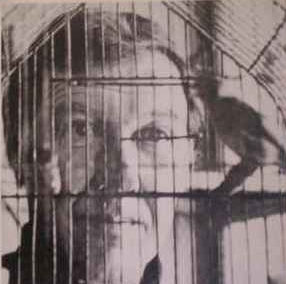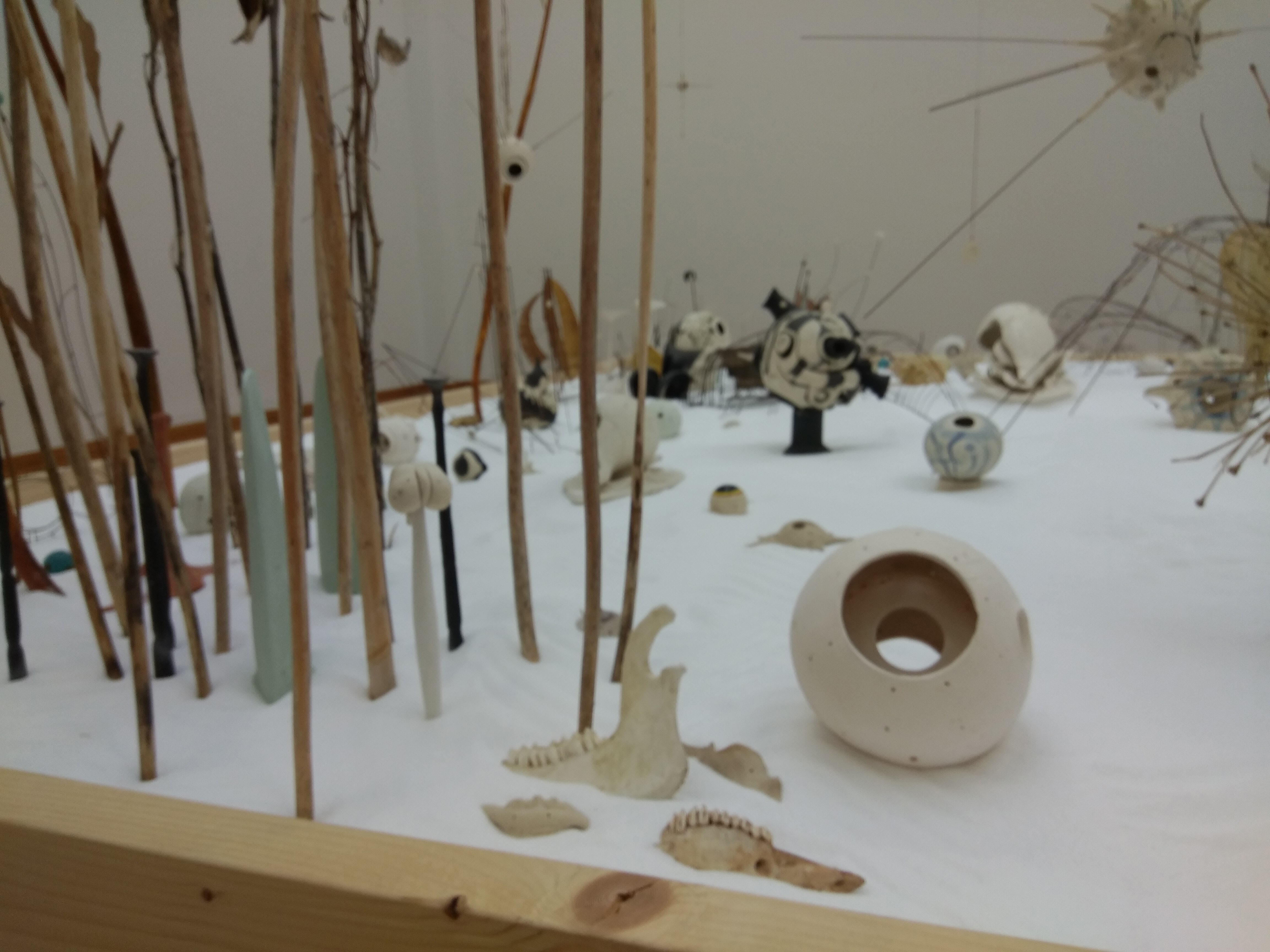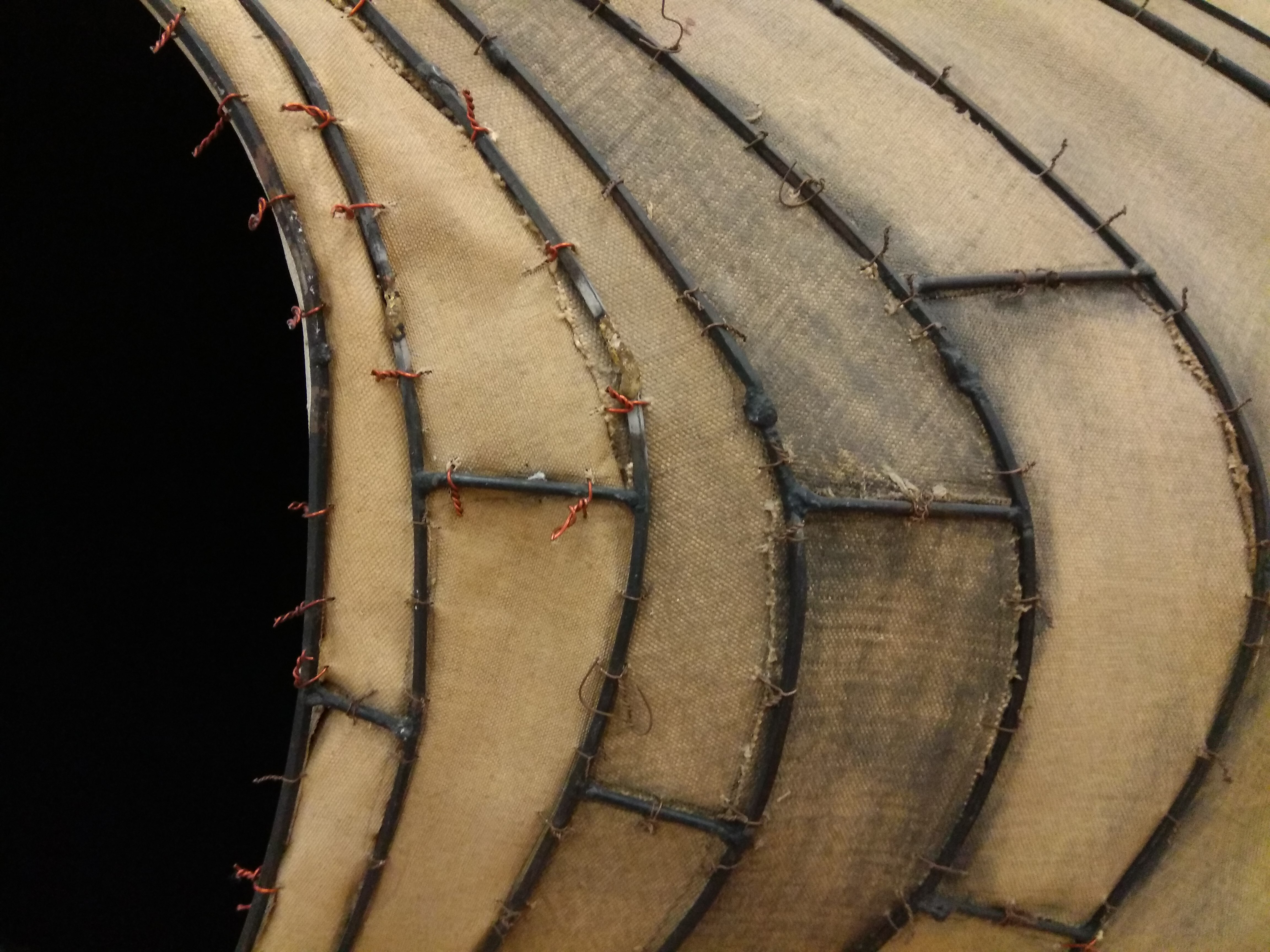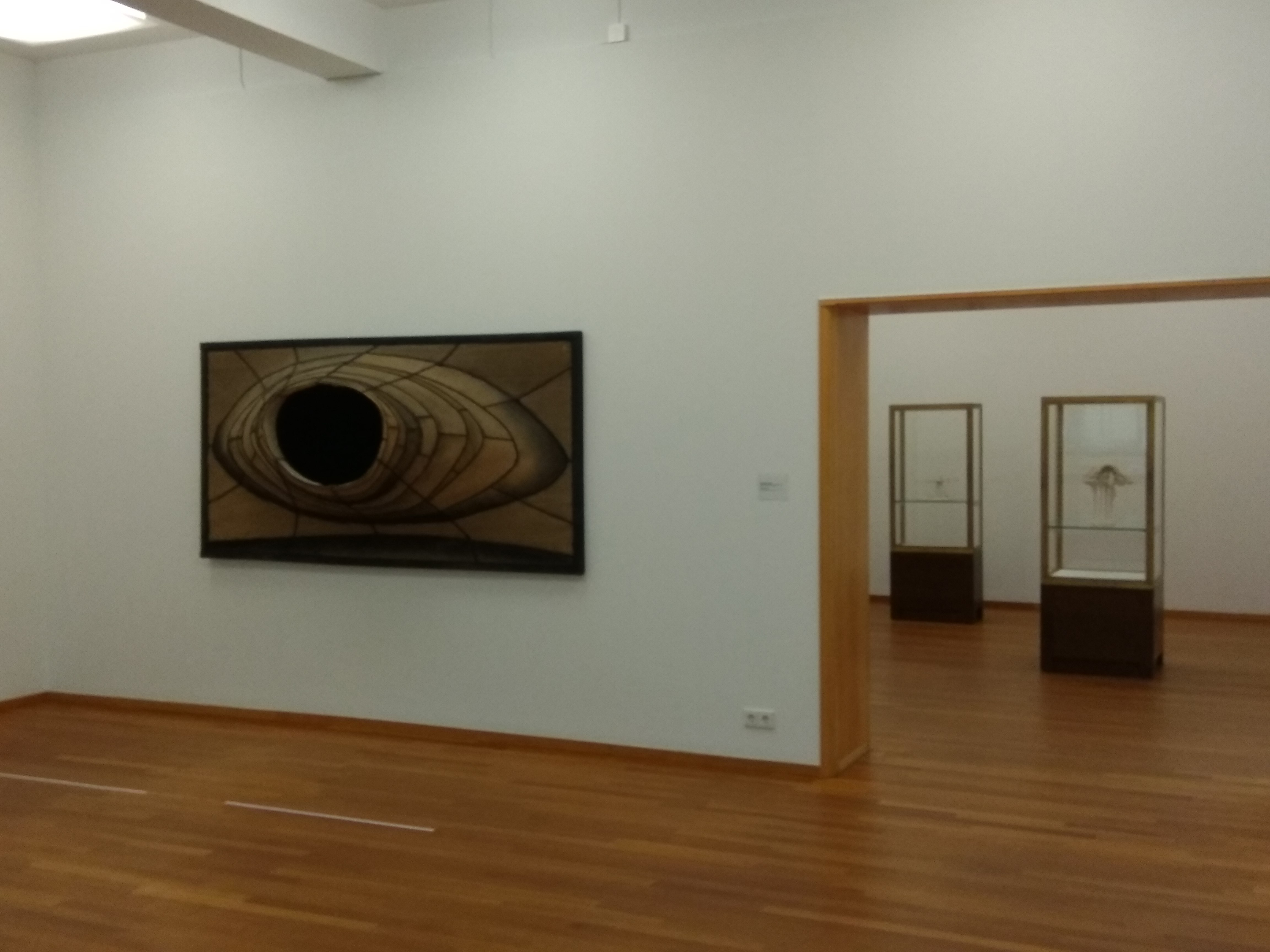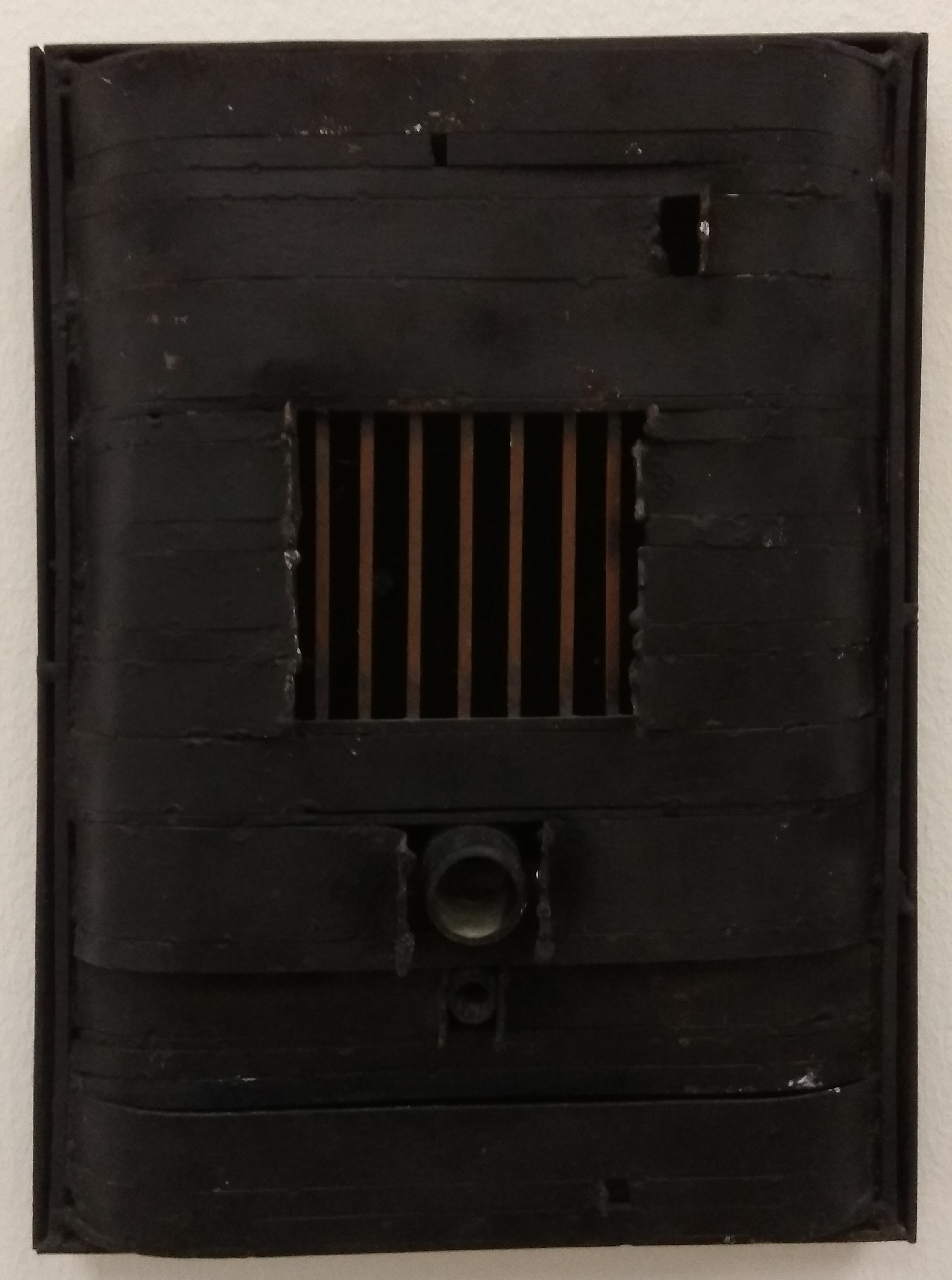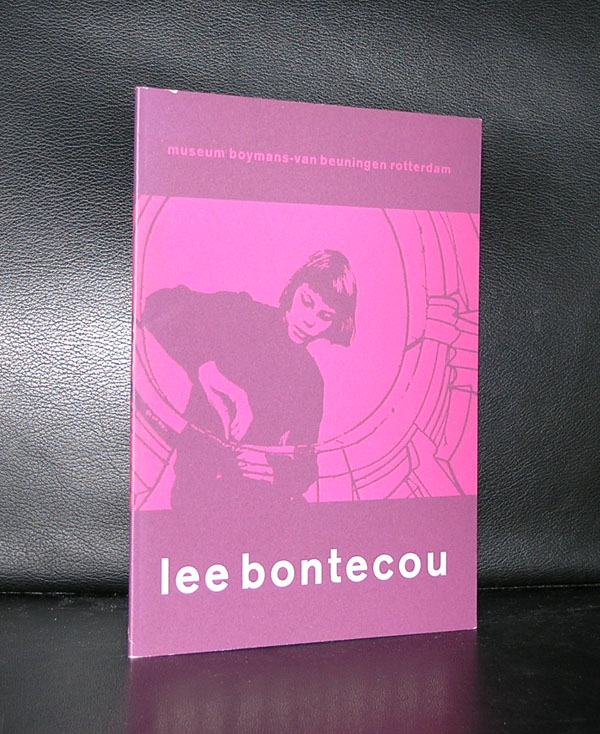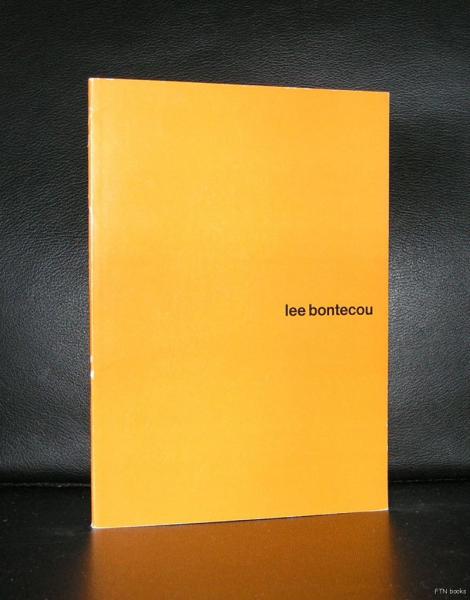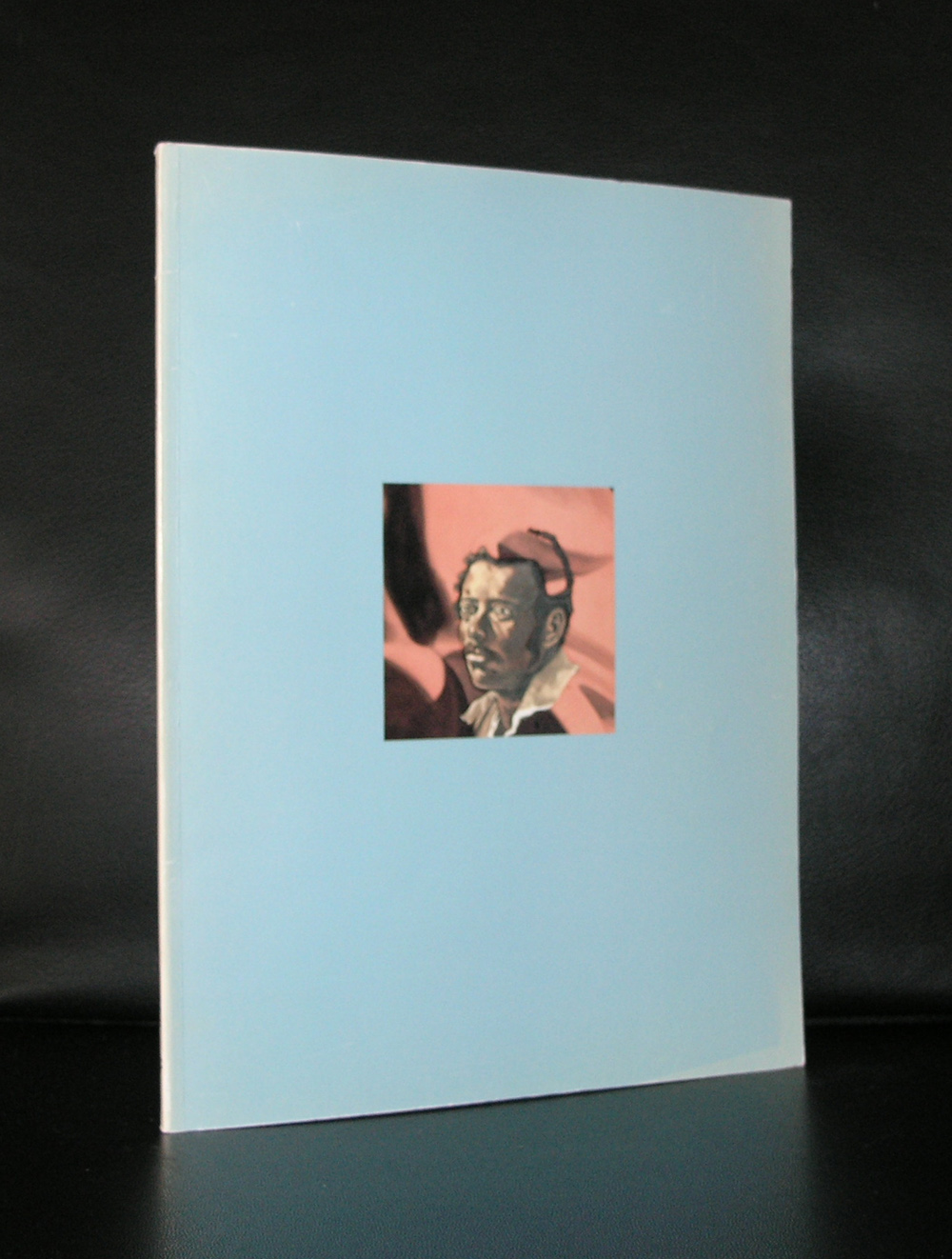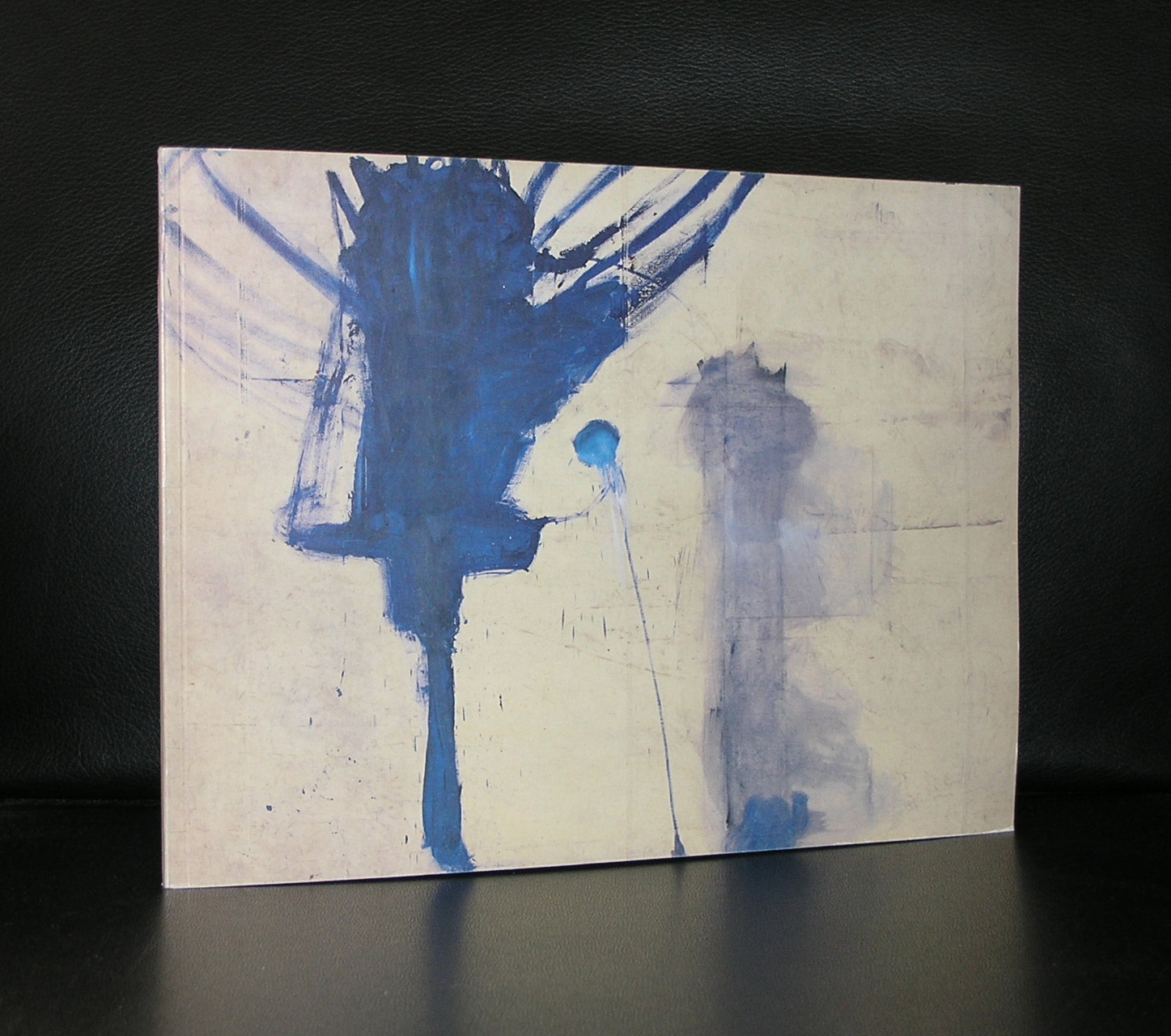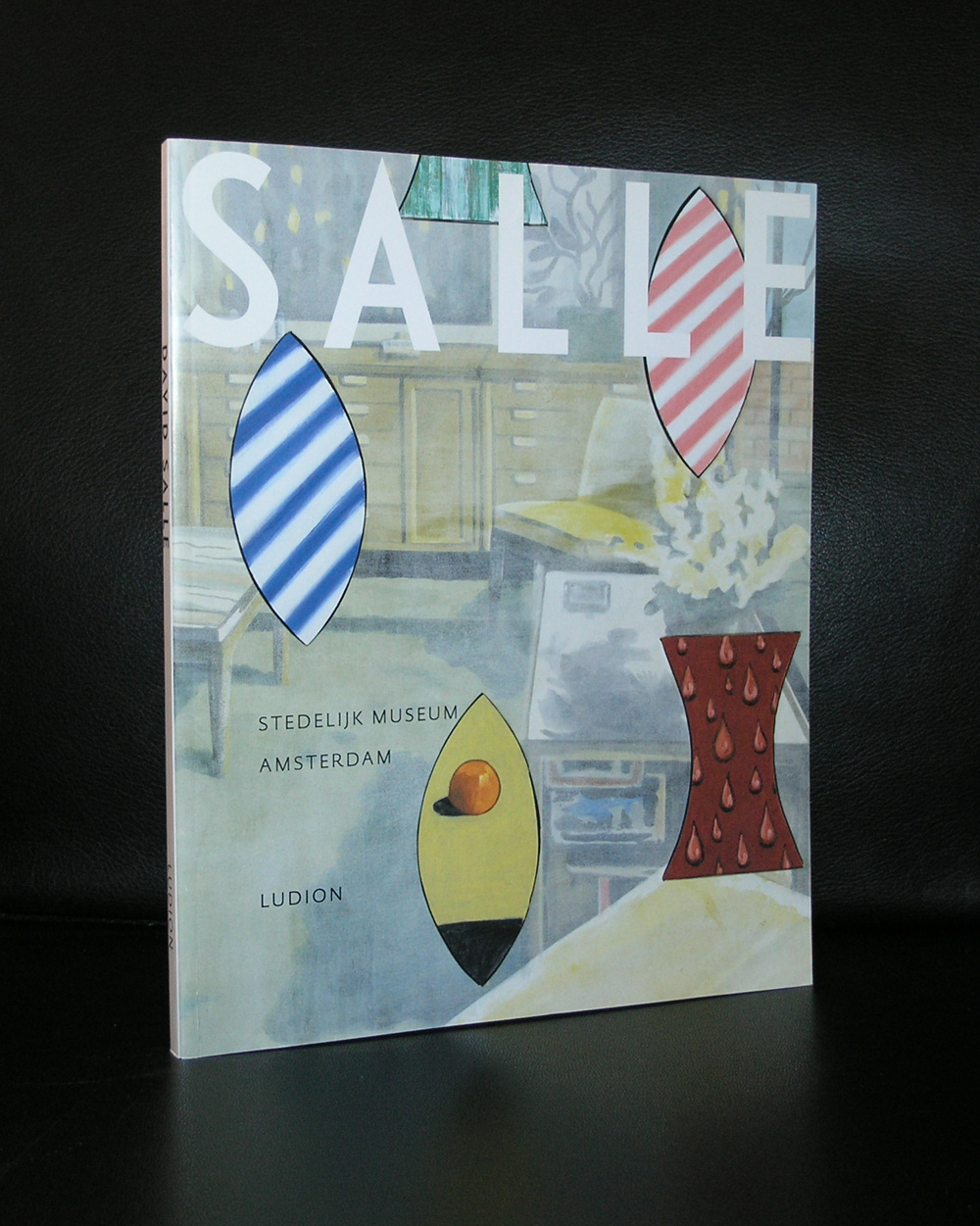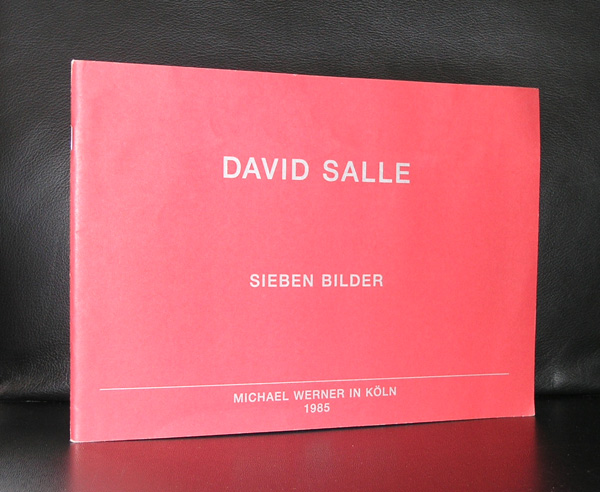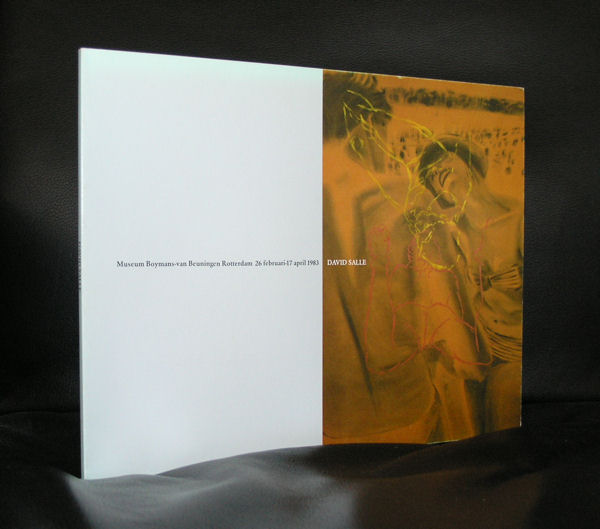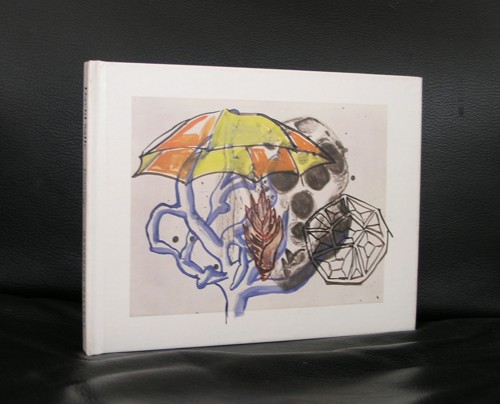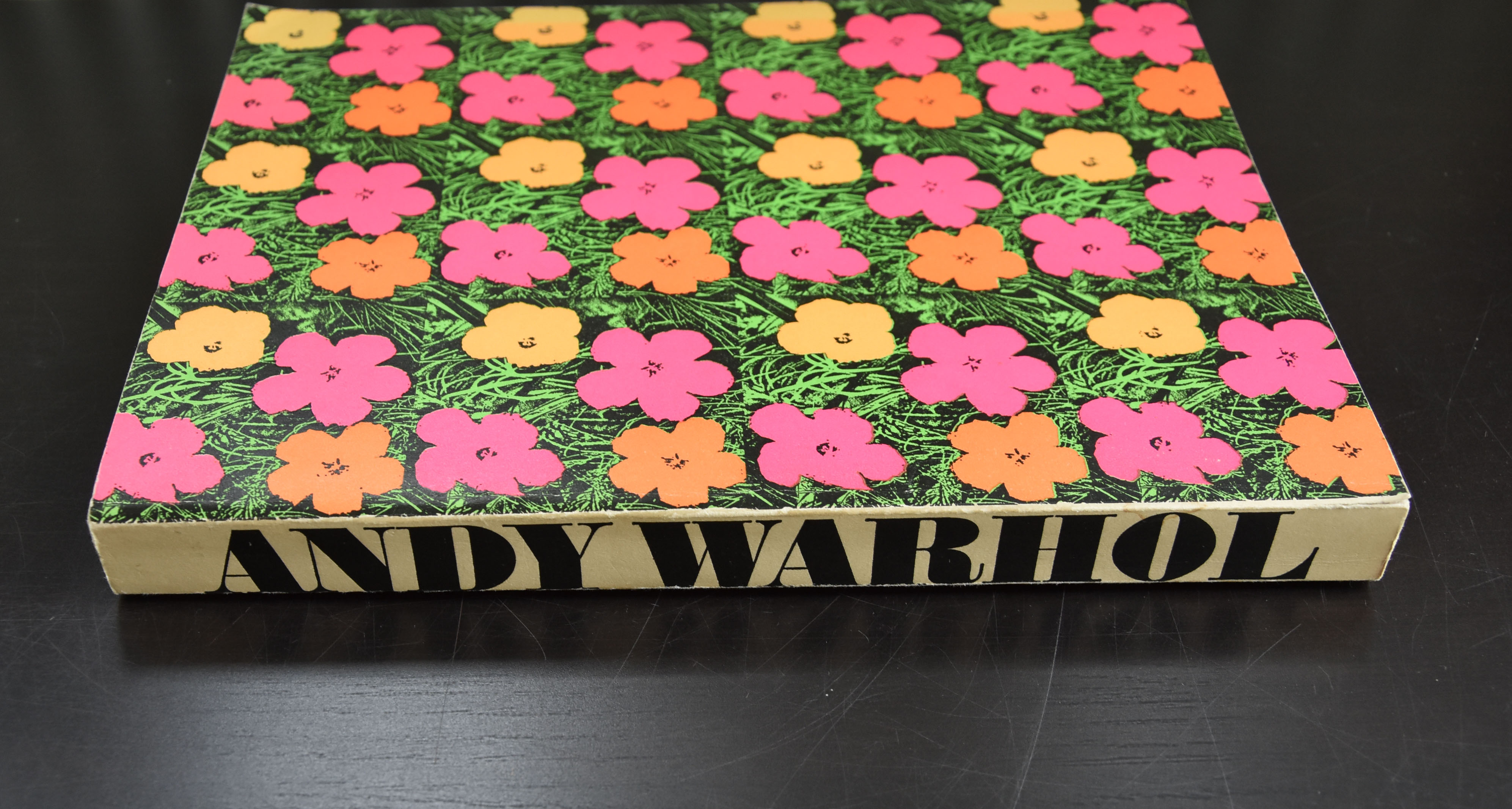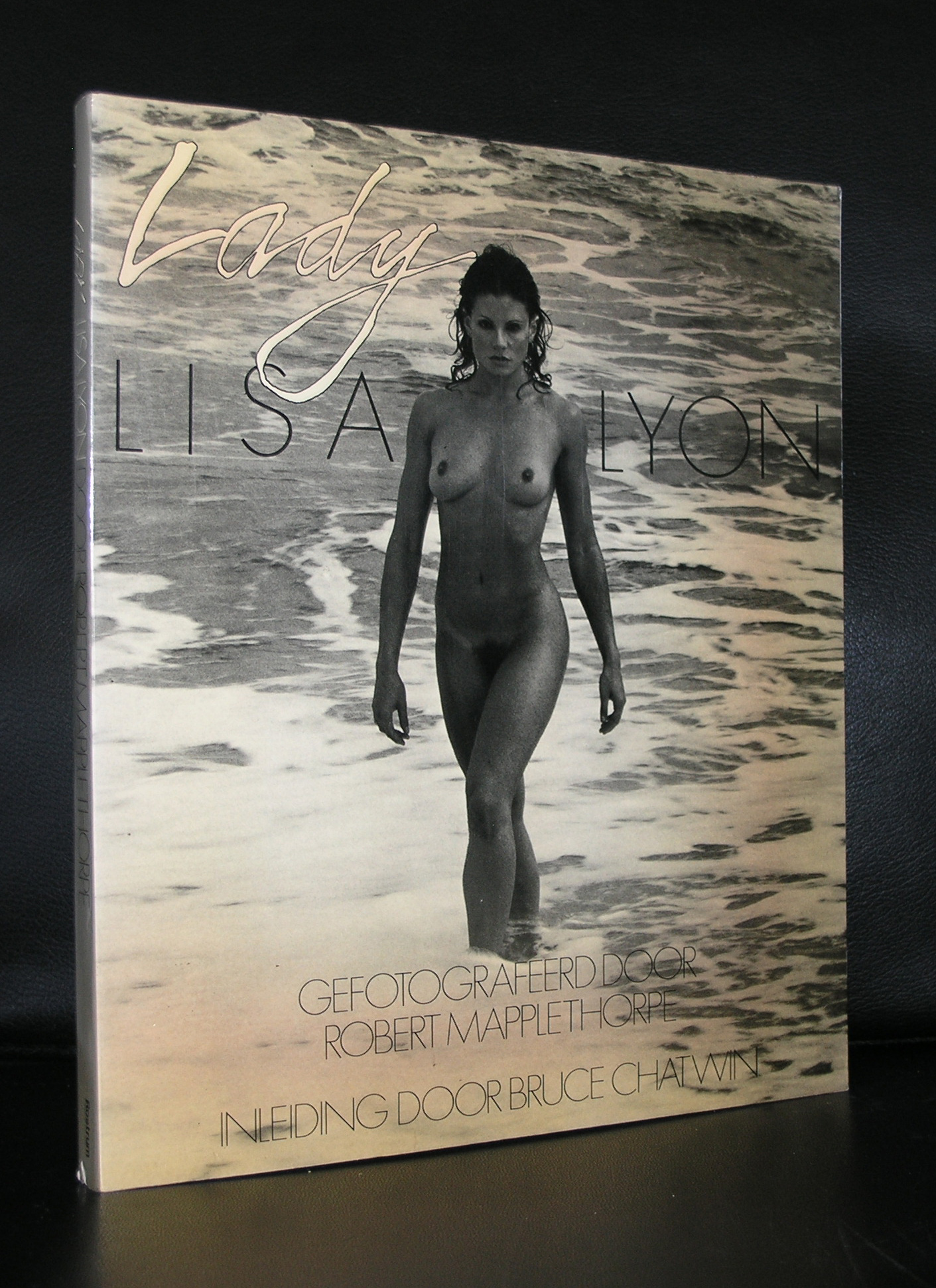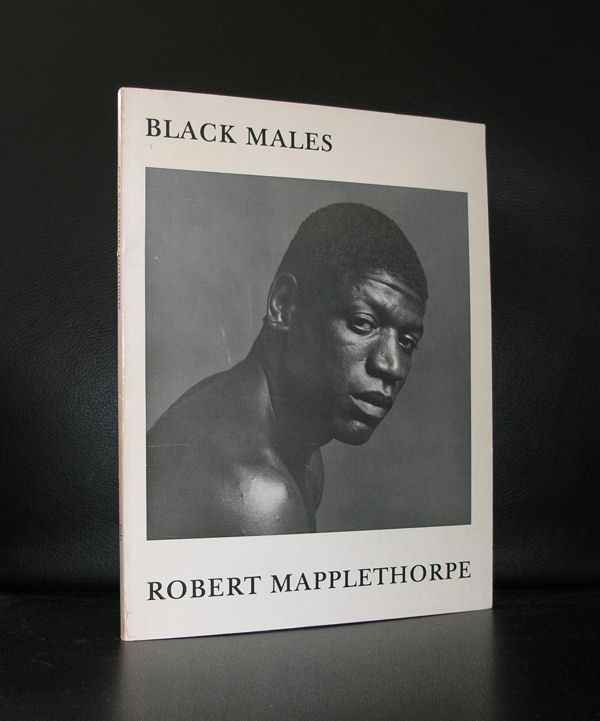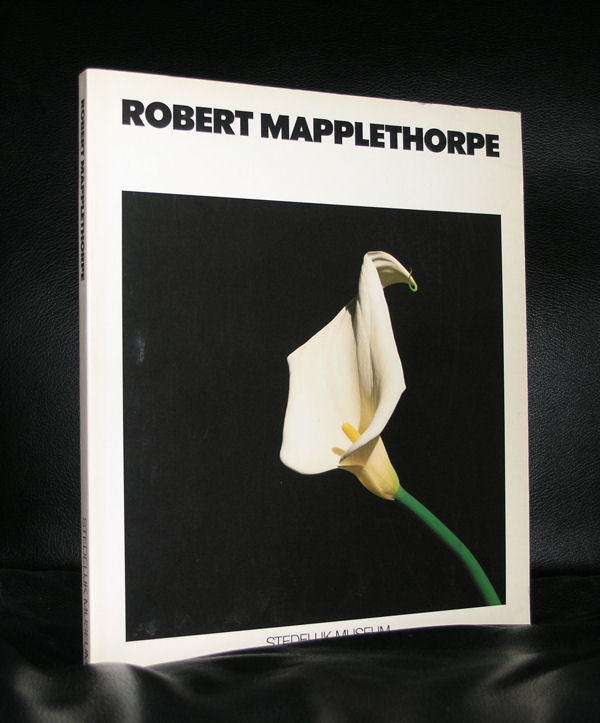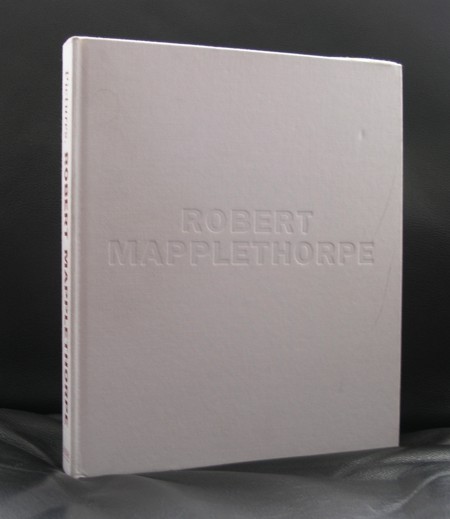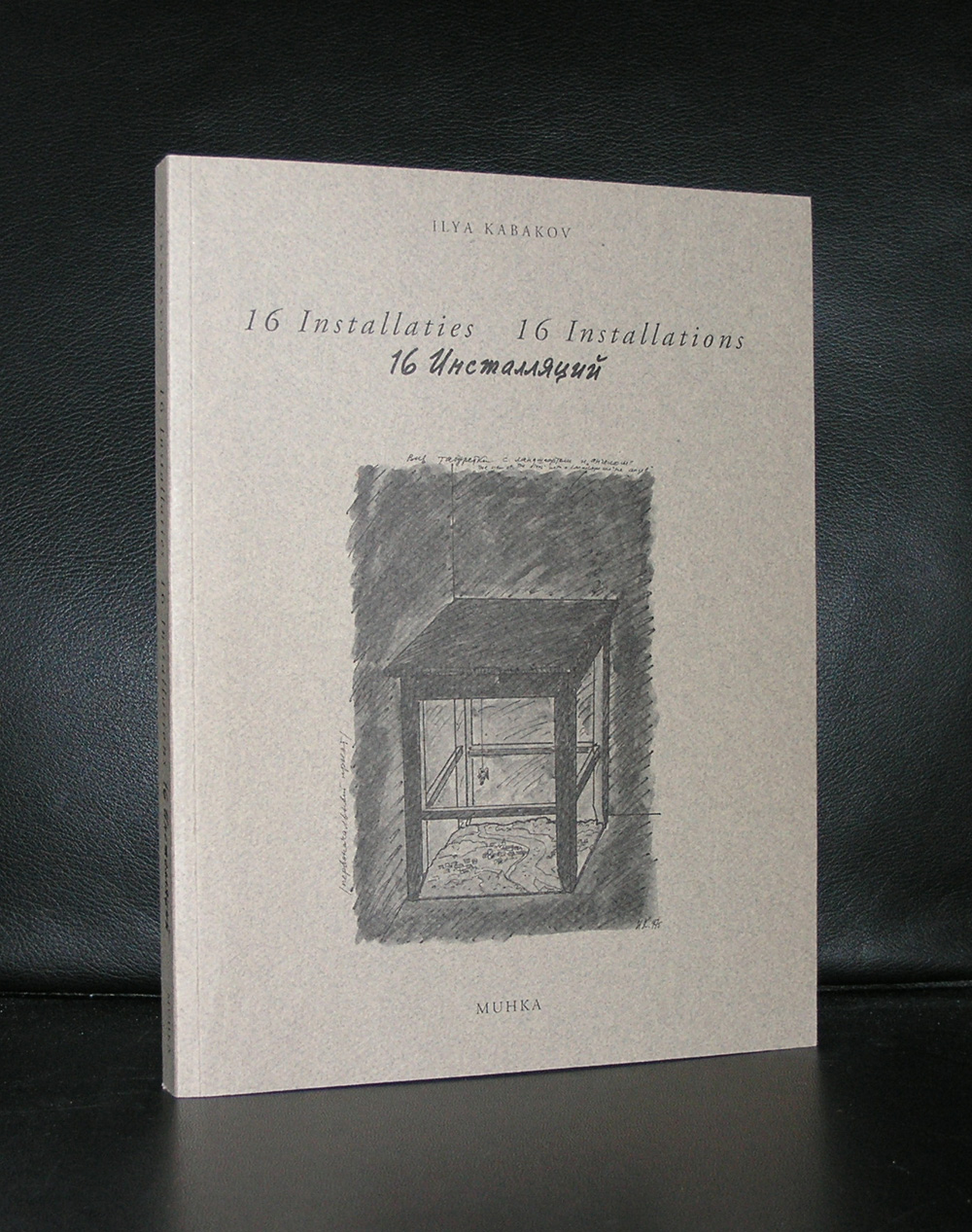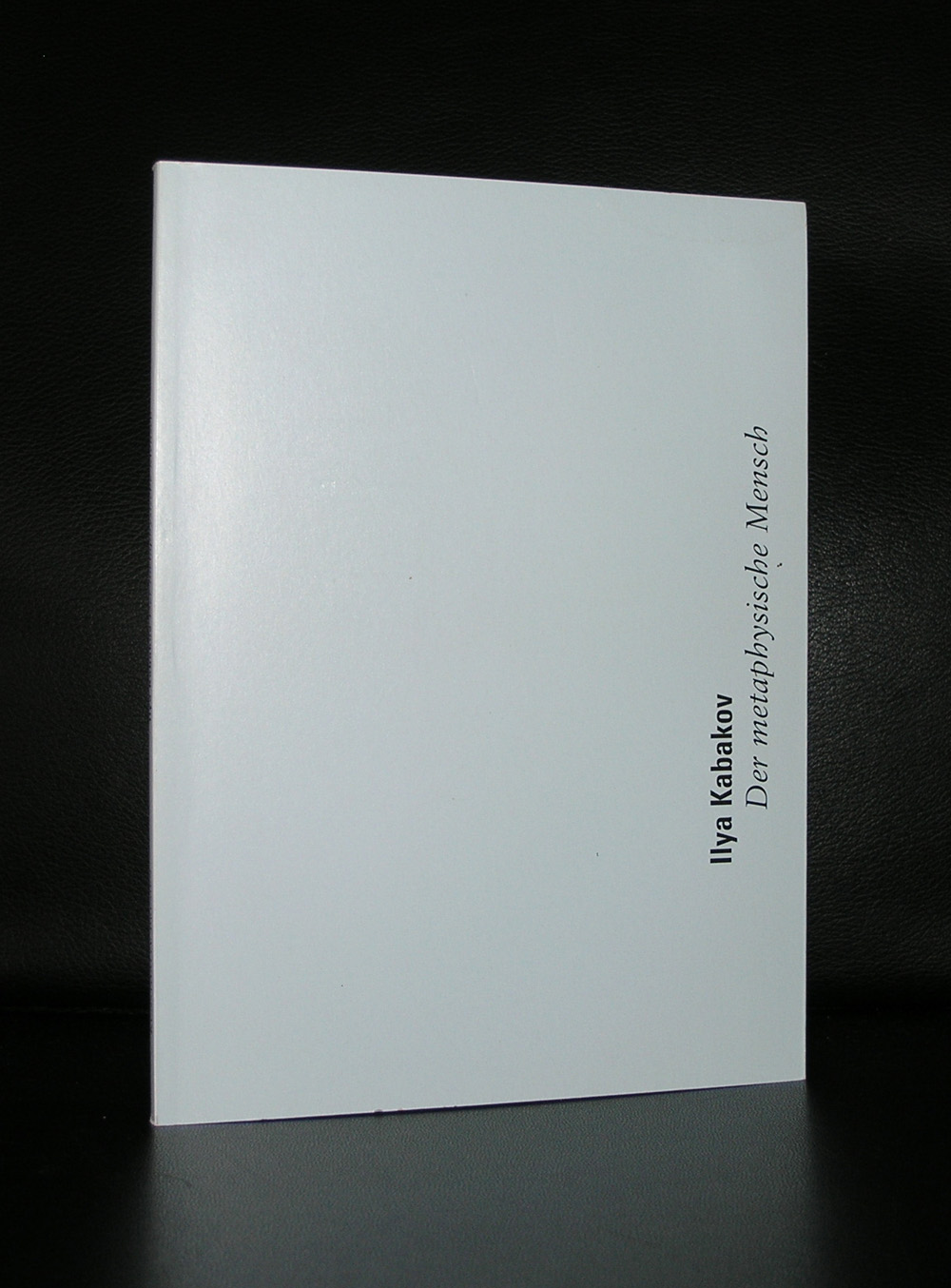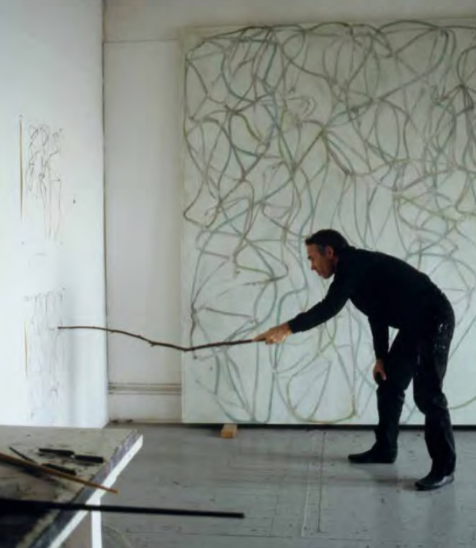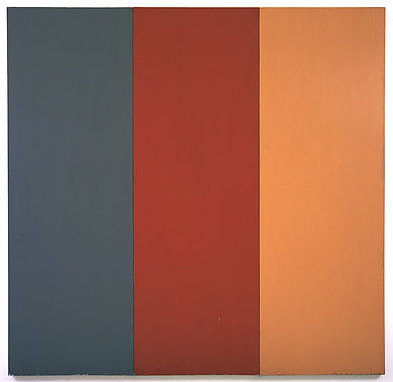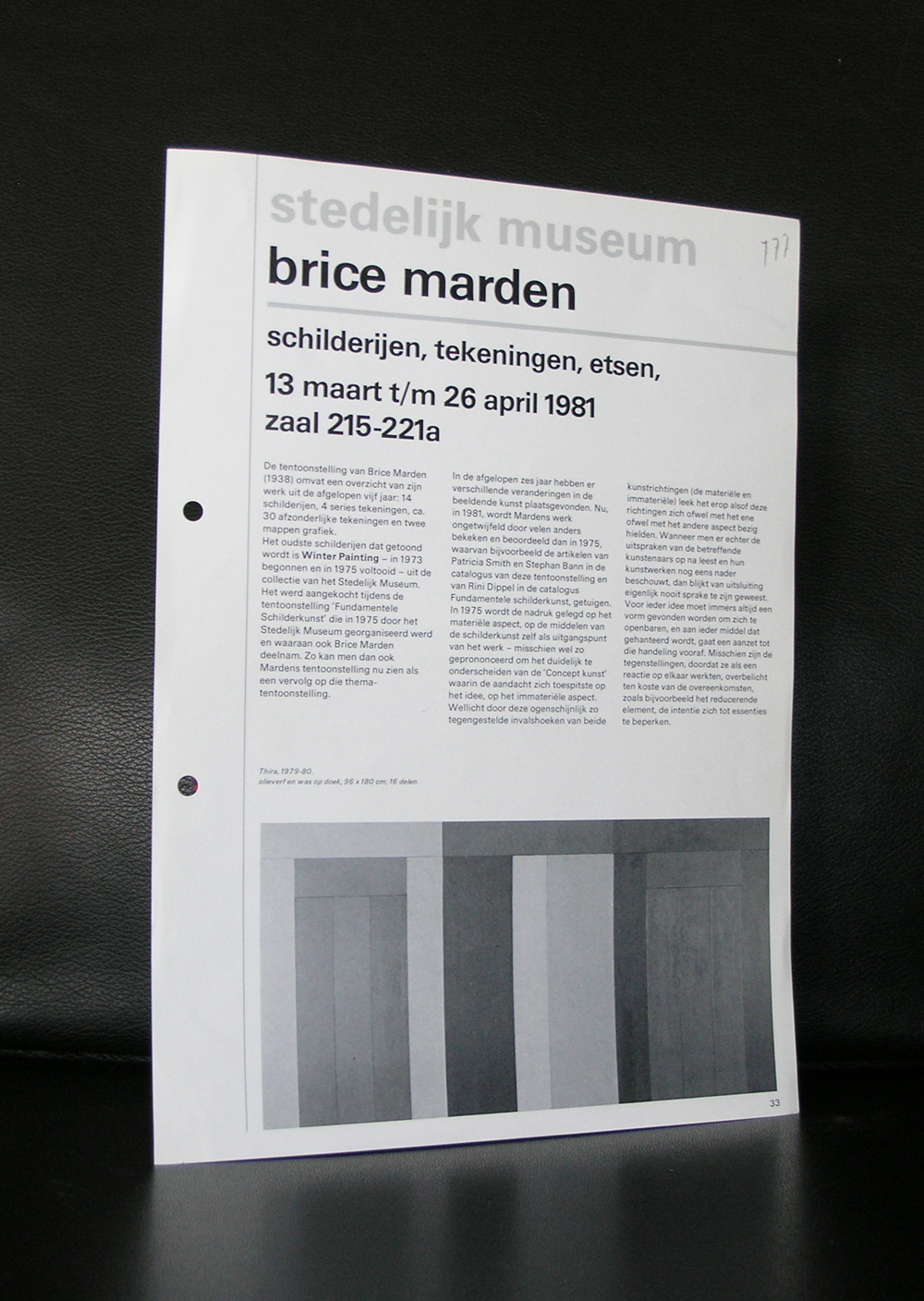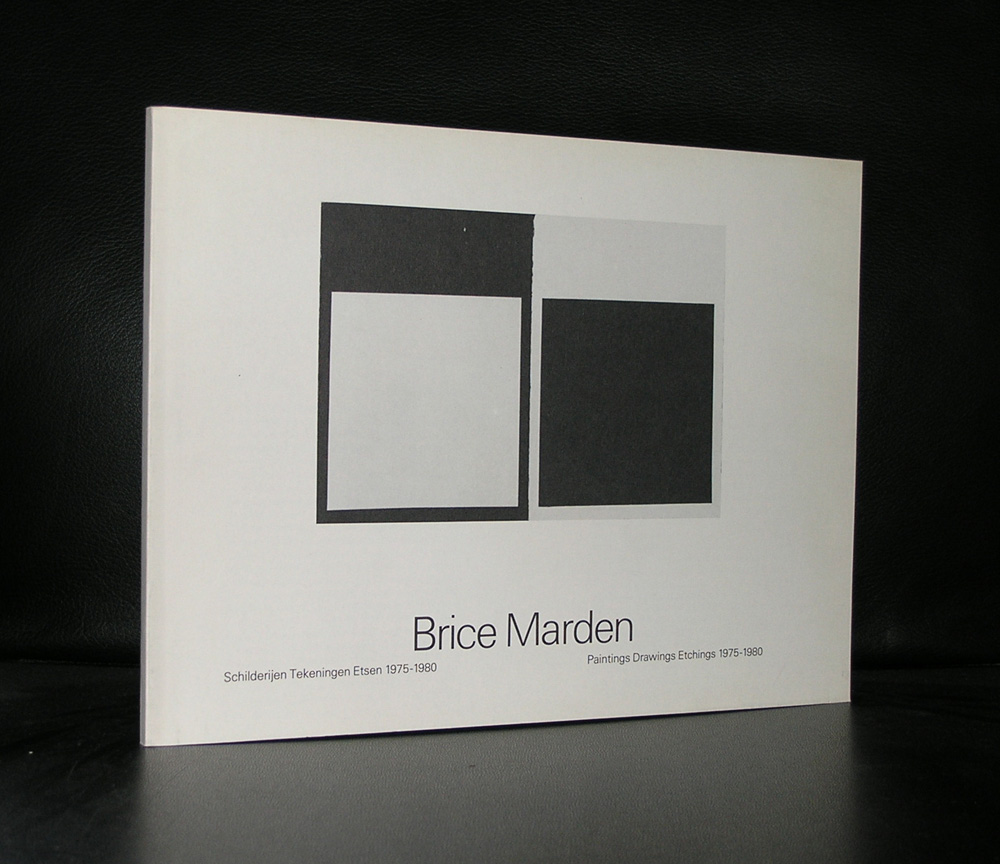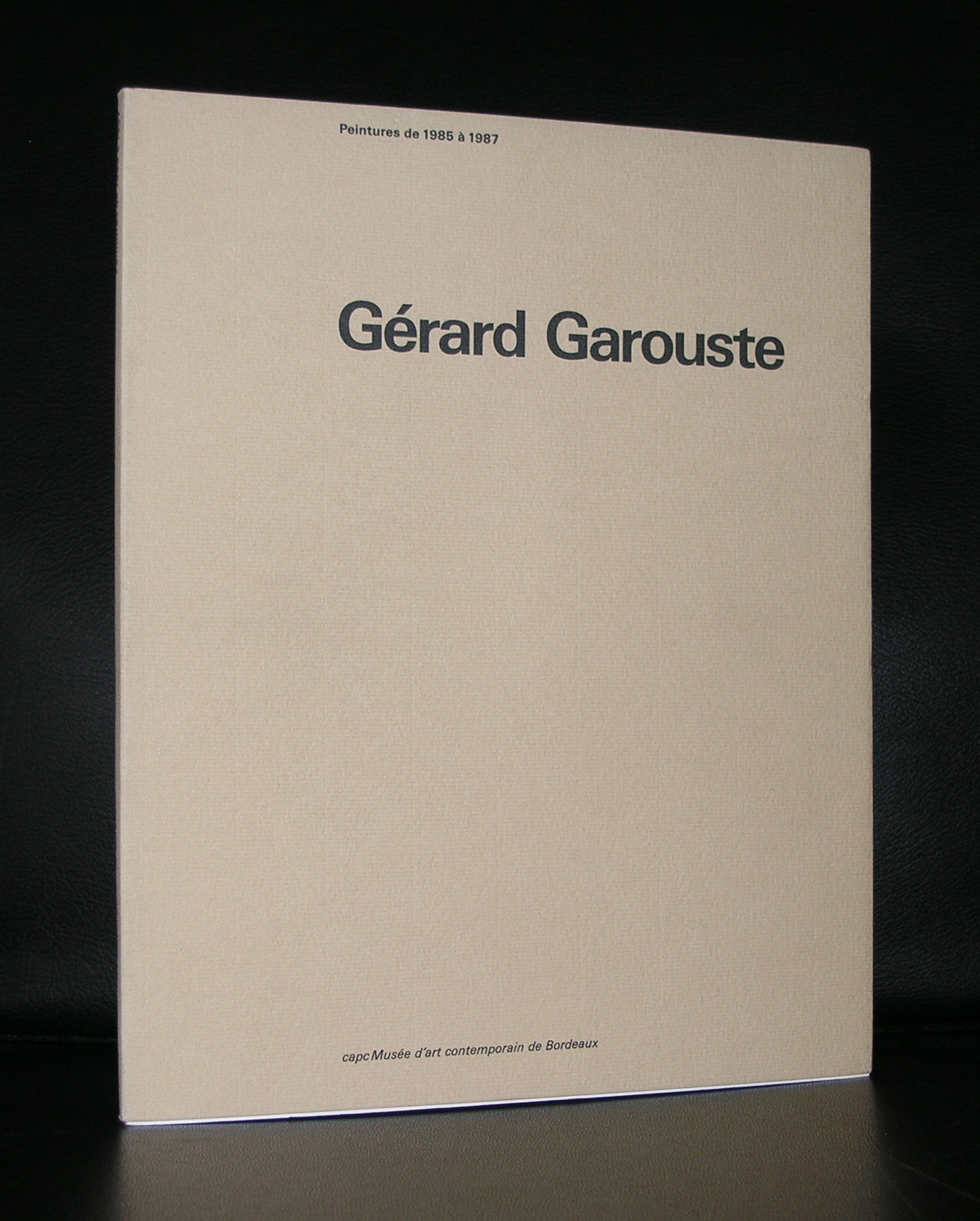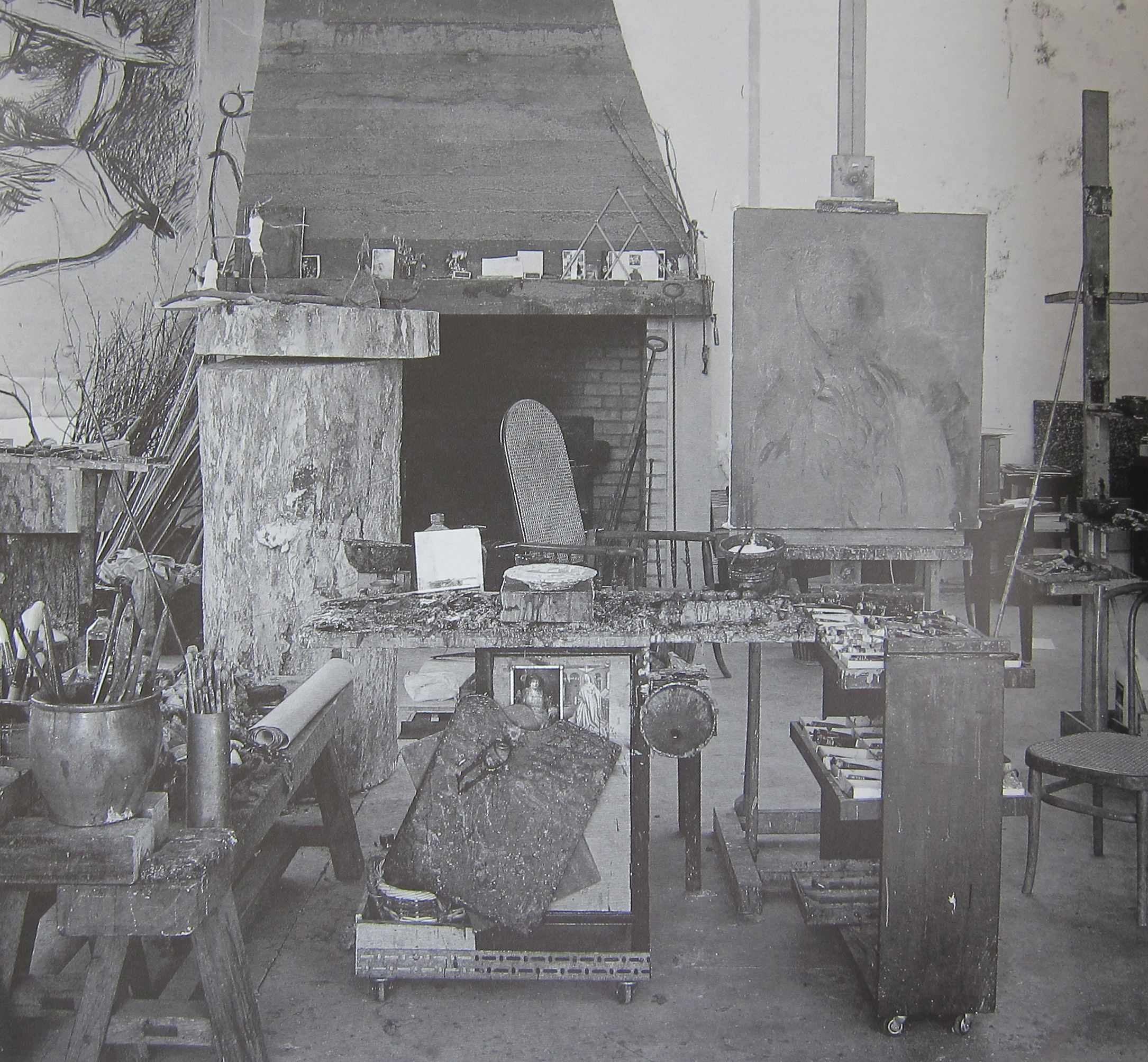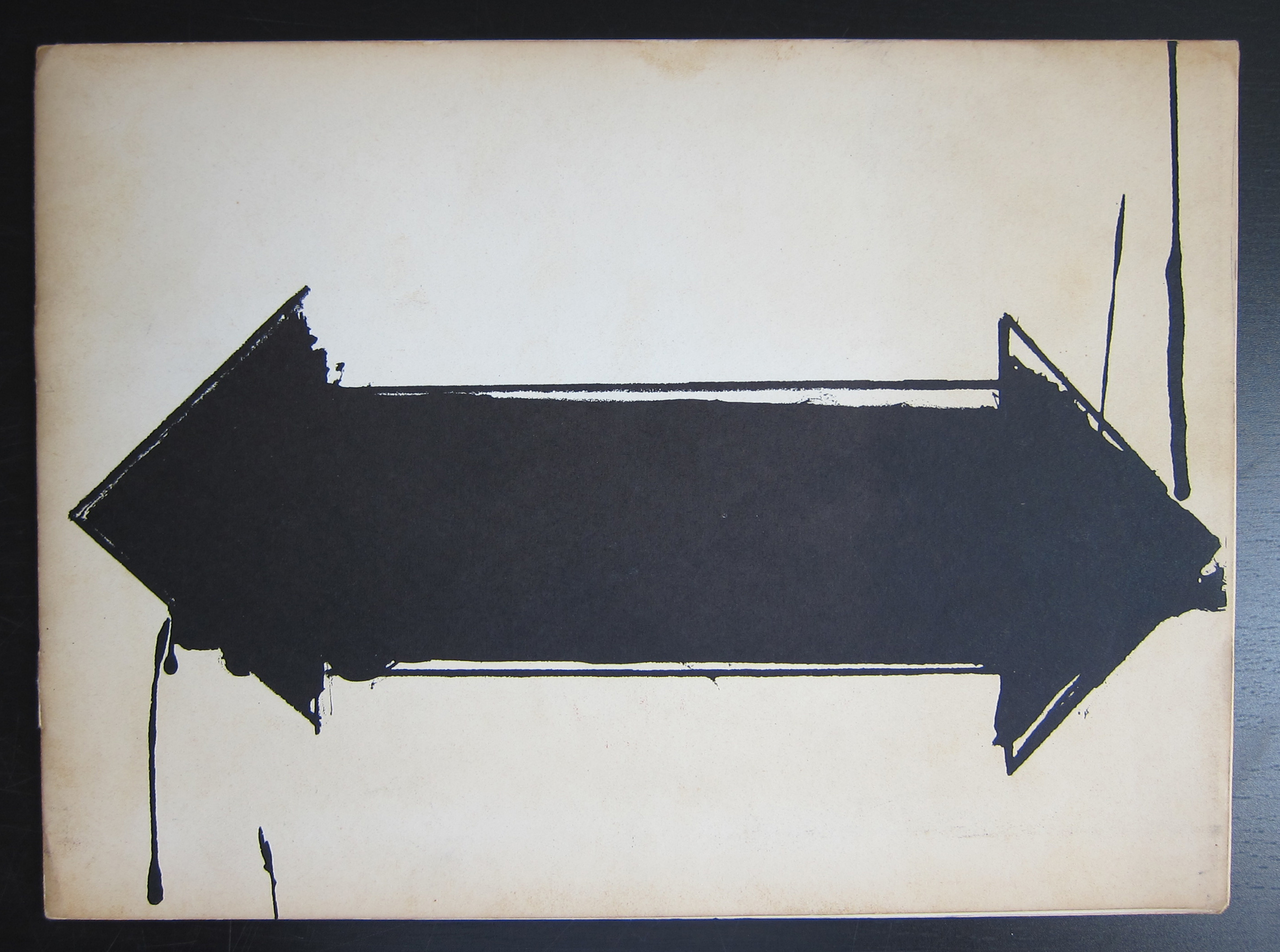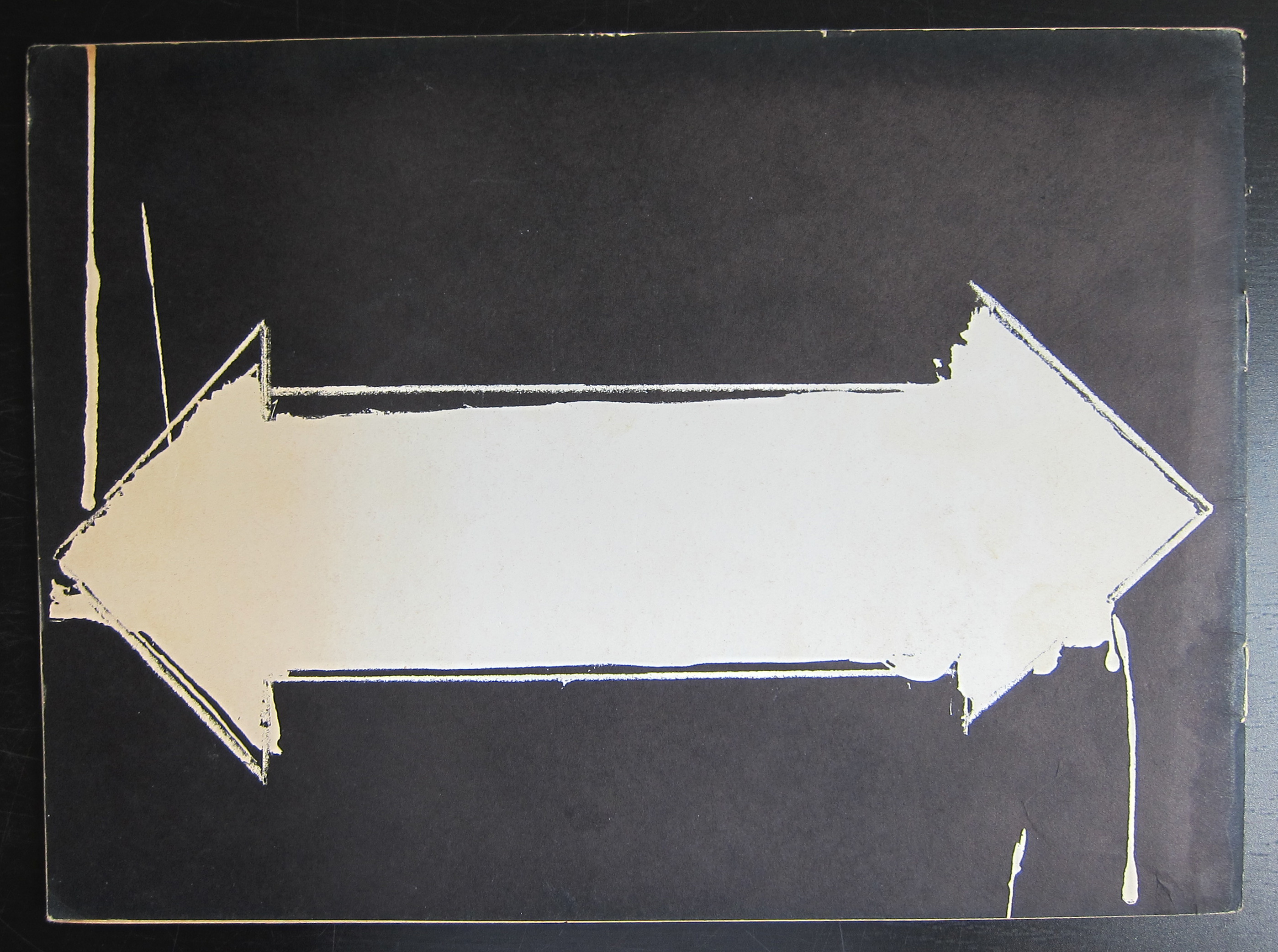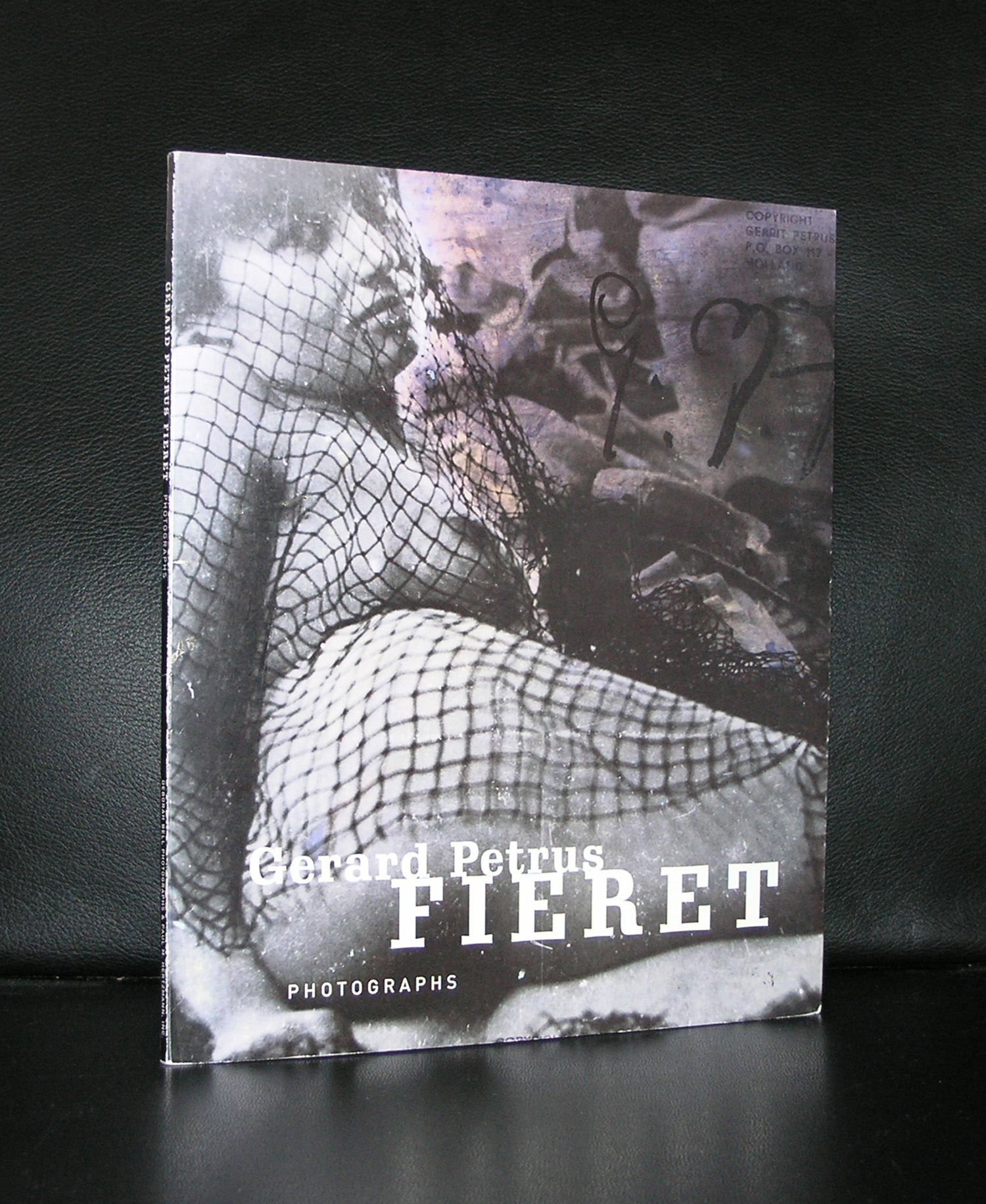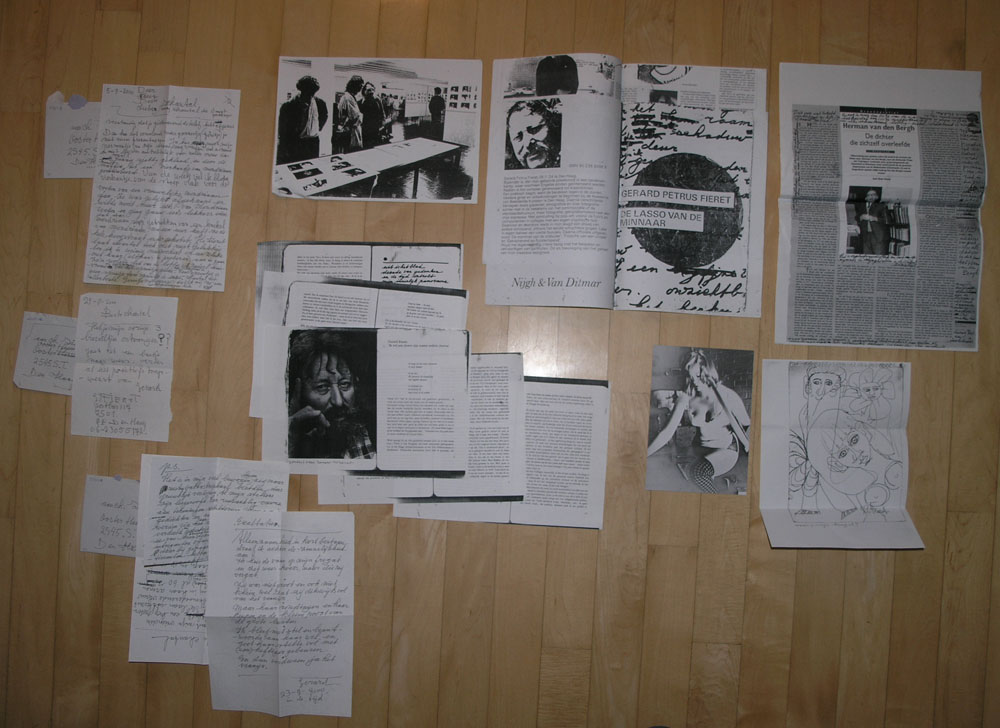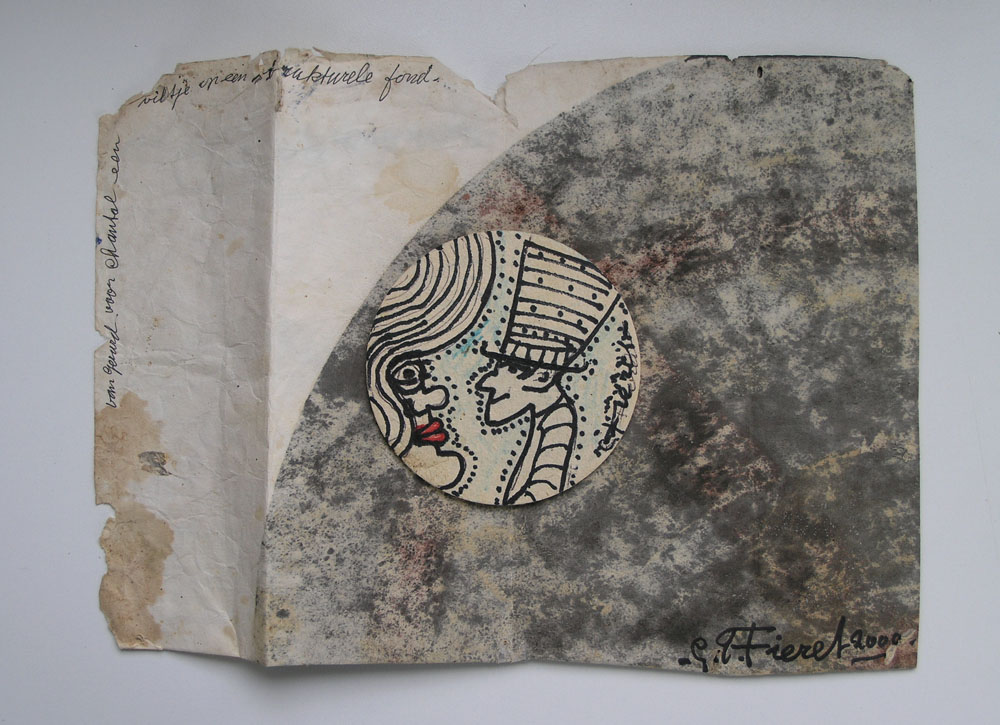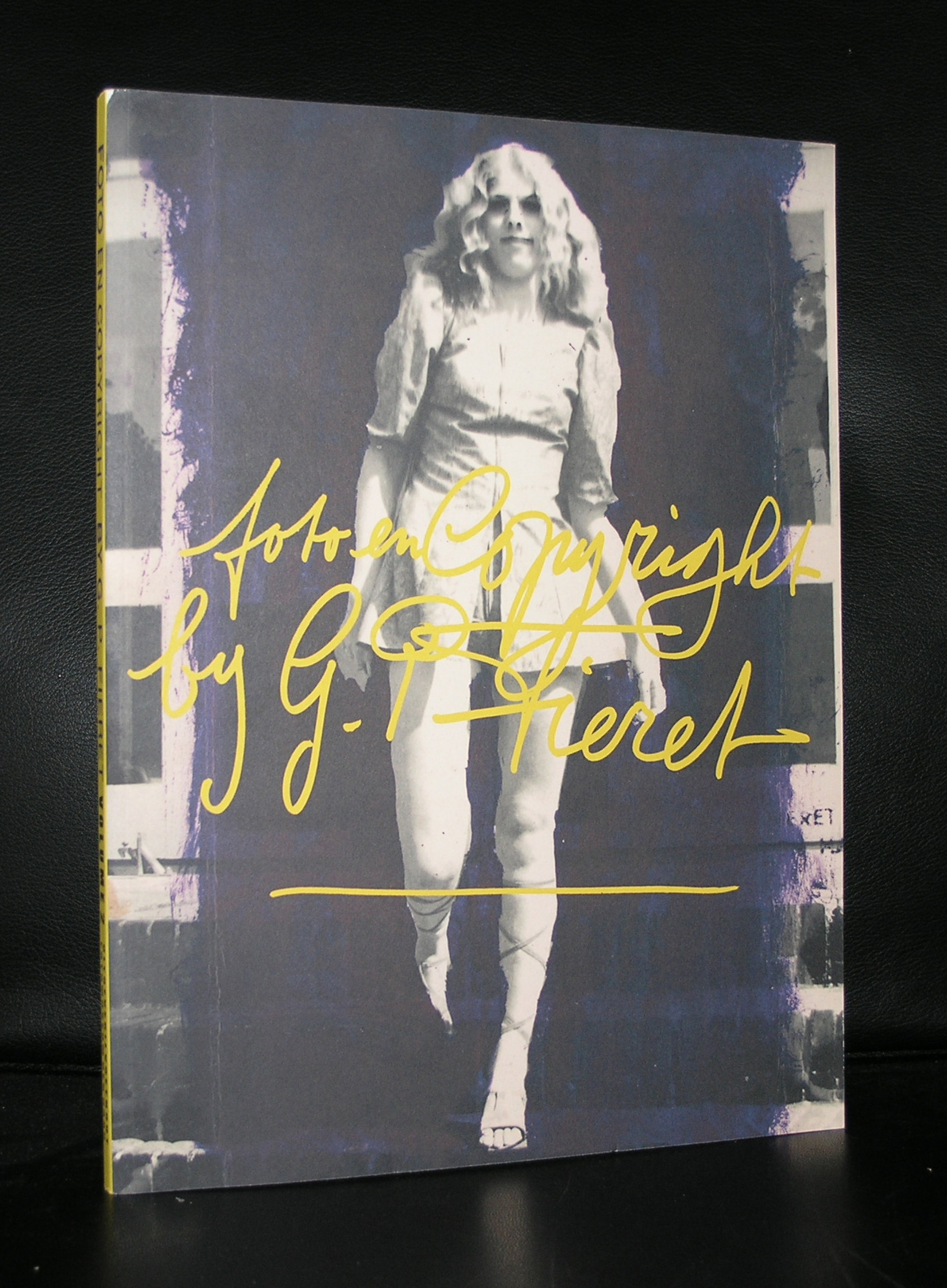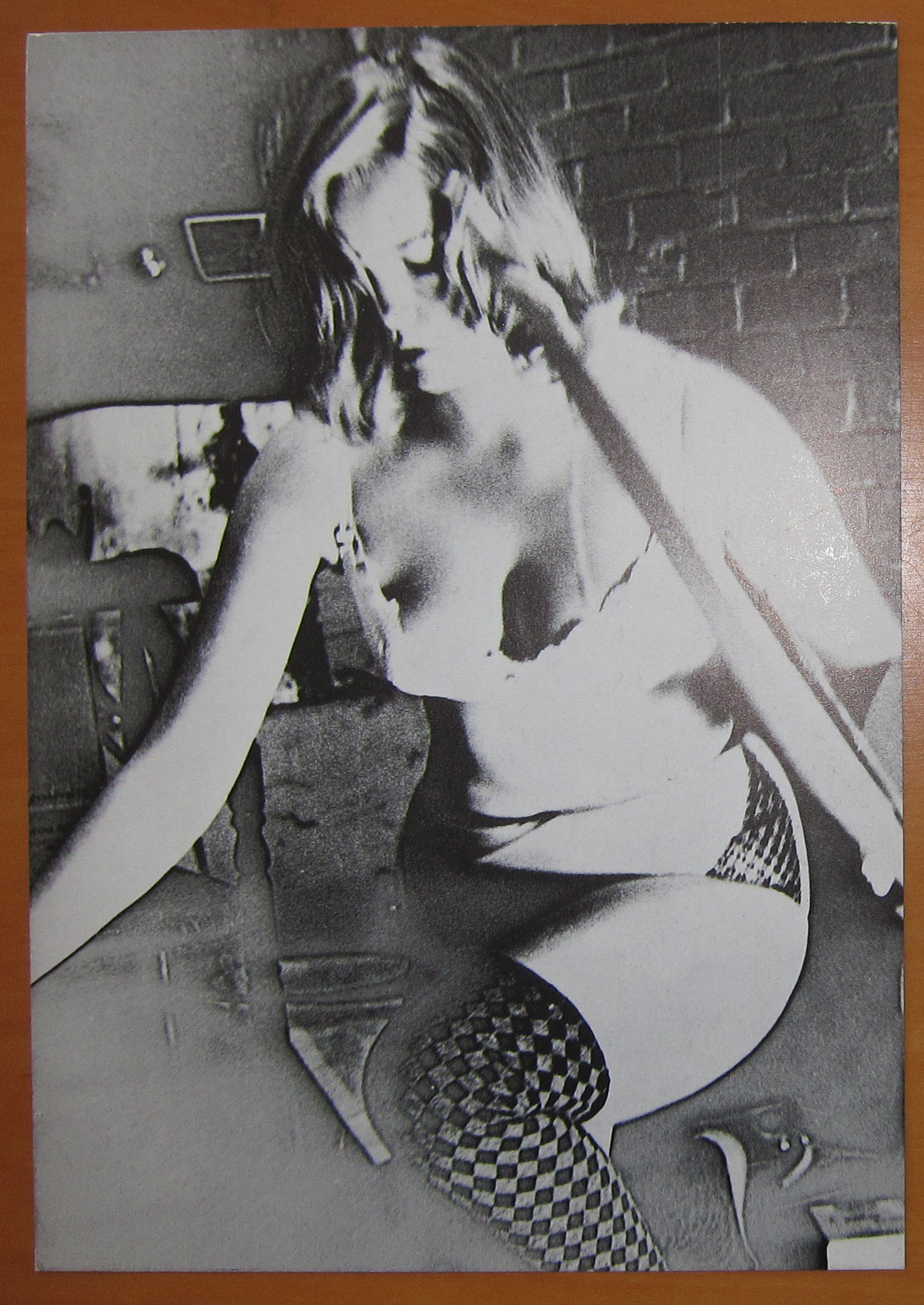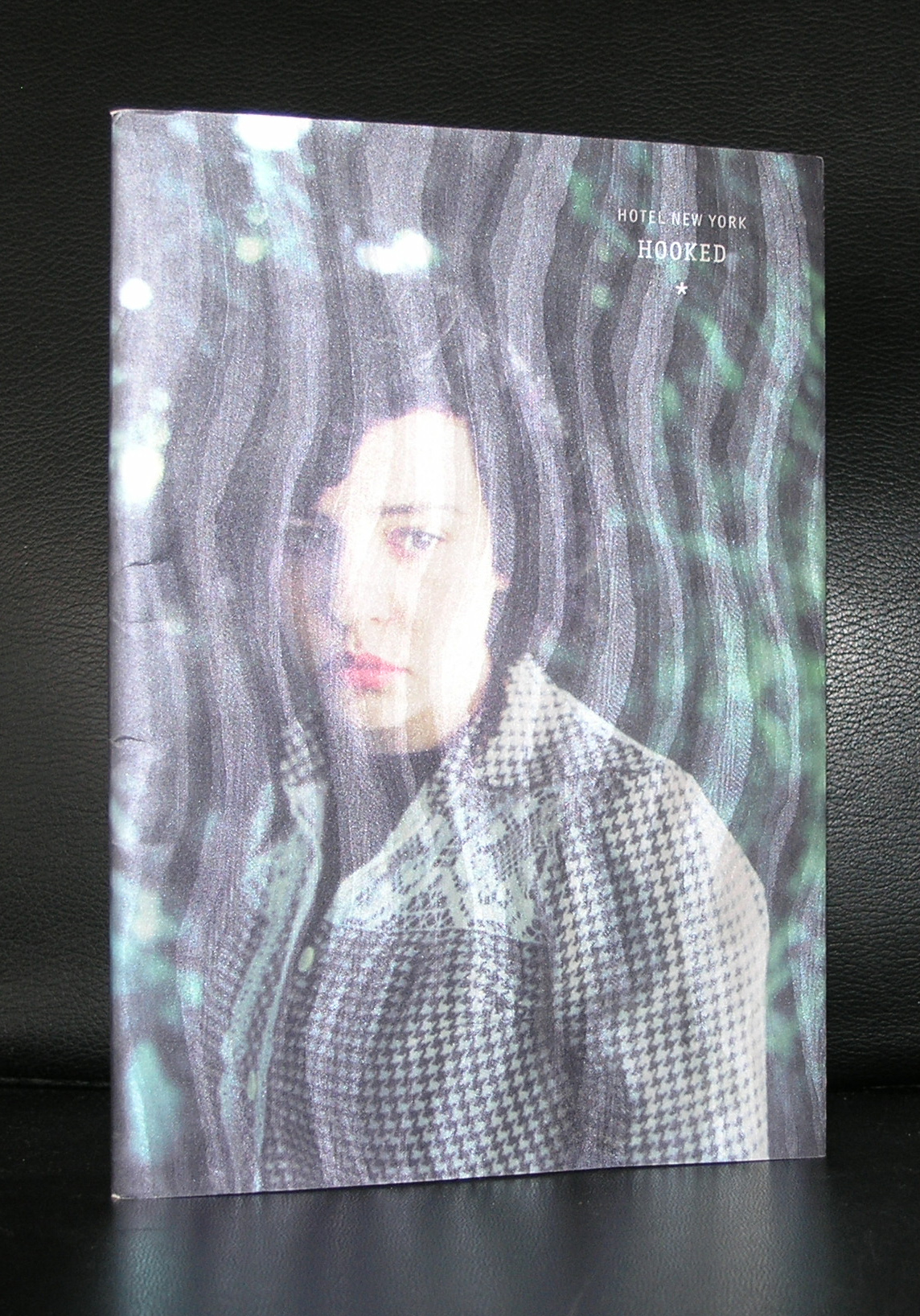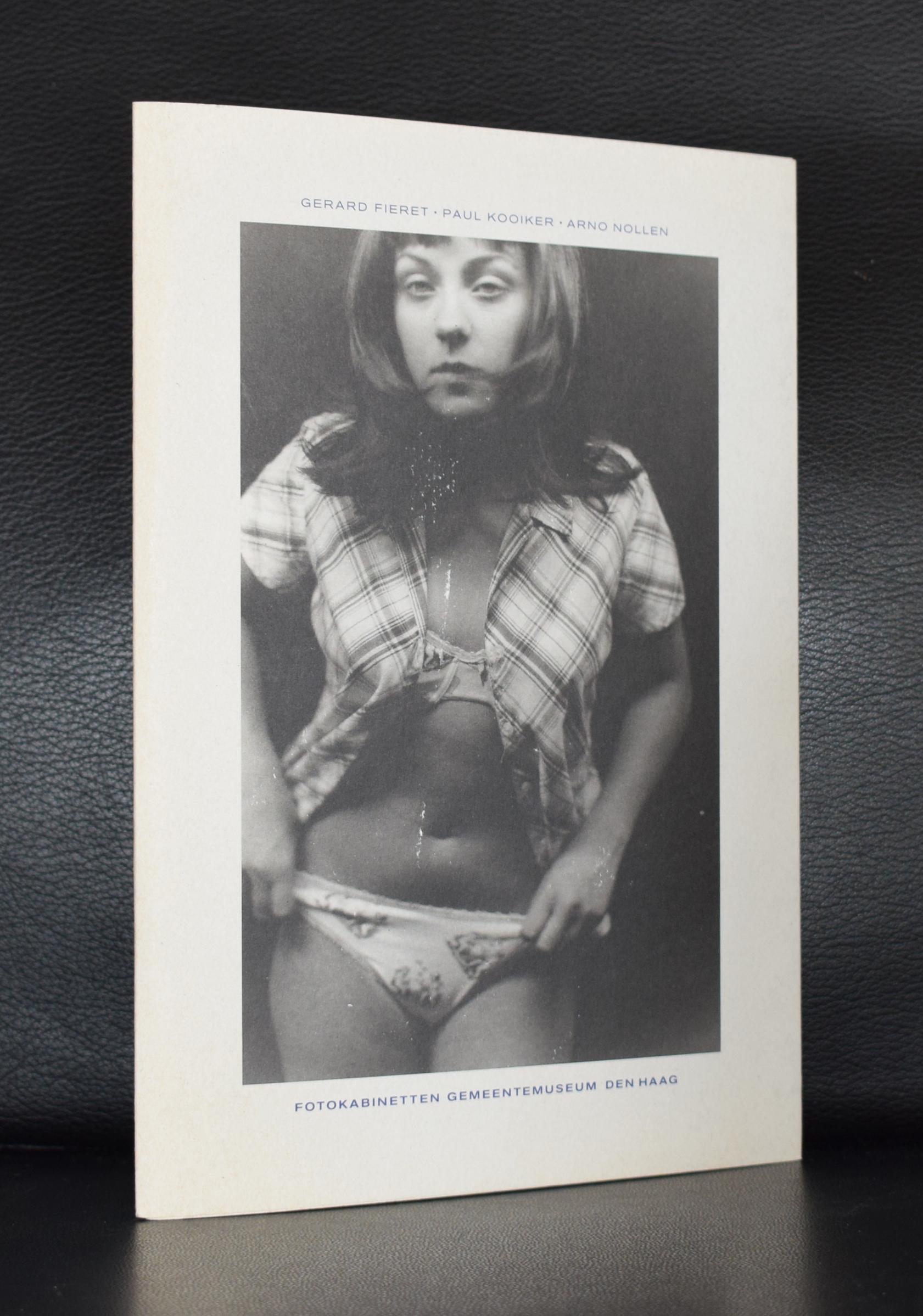It was for over 3 months in my mind that i had to visit the Lee Bontecou exhibition in the Gemeentemuseum Den Haag, but because of a full schedule i had to wait until the last day of the exhibition, which was yesterday. I already bought the catalogue , but did not look into it, so all works on exhibit were new to me and i must say that more than half was very impressive. There was a large Sandbox filled with little objects, the wall with sketches and some wall sculptures and “mobiles” which were very impressive, but part was sketches and other little objects which were far less fascinating, some even boring.
What struck me was that artists all over the world must influence each other. Here is an example of a work by Will Leewens and the one by Bontecou. Colors, size and even some of the 3d objects look the same. Both are finished in the early sixties and although i doubt that they have known each other . I ams sure bot were influenced in some way by others and excecuted their works in a similar way.
The exhibition is history now, but what remains is a great catalogue which is still available at the Gemeentemuseum shop and of course for older publications on Bontecou and Leewens you can visit www.ftn-books.com
